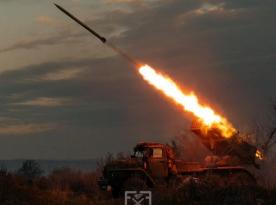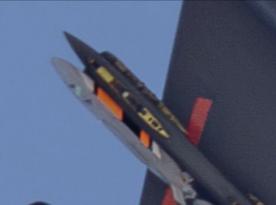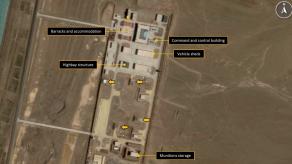Washington's reluctance to impose sanctions on India for purchasing russian weapons years ago has led to Delhi actively eyeing the Voronezh-type radar next. The sale will potentially bring the Kremlin billions of dollars and a loophole to secure an unrestrained supply of electronics falling under export sanctions.
According to Indian outlet Sunday Guardian, the agreement to procure the Voronezh radar is in the final stages of completion. The total value of this deal is estimated at over USD 4 billion.
Read more: How India's Fleet of 262 Su-30MKI Became a Loophole for russia to Get French Electronics
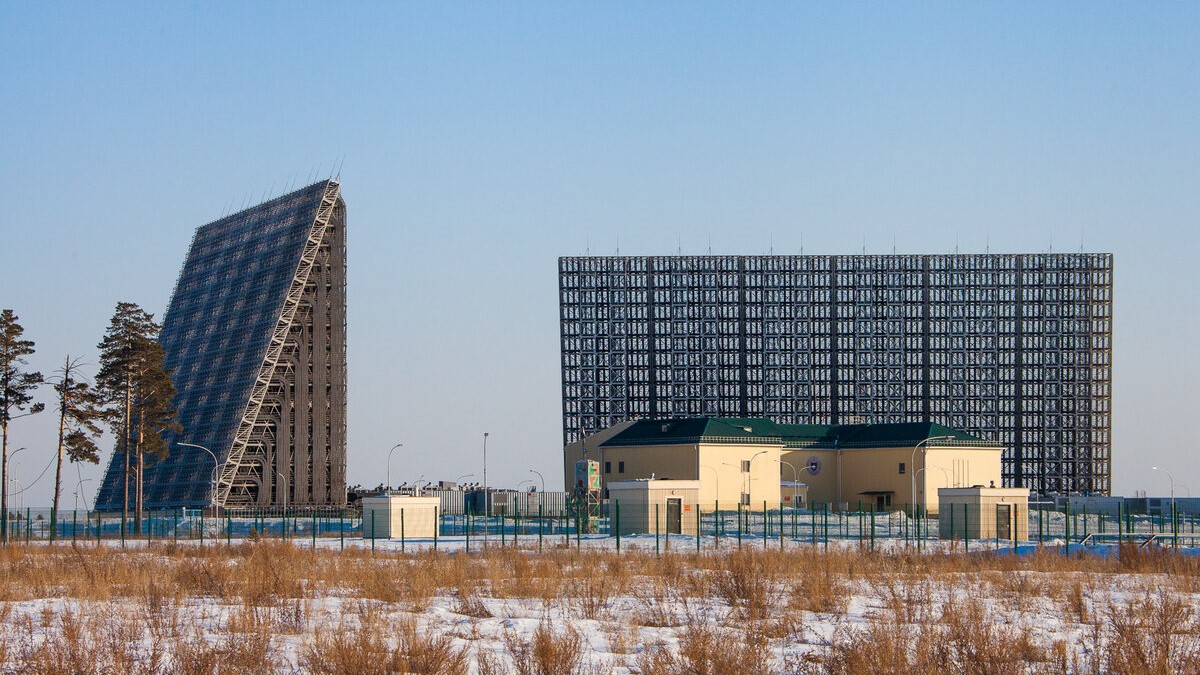
Journalists report that a delegation from the russian Almaz-Antey, the manufacturer of these radars, has already held a meeting with colleagues in the Indian defense industry, who will ensure a 60% localization of the production. The preparations to conclude this agreement began in 2022 and continued despite the tightened sanctions regime after the russian invasion of Ukraine.
In particular, on November 5, 2022, representatives of the Indian DRDO (Defense Research and Development Organization) arrived in Moscow to discuss the purchase. The newspaper also has a detailed list of over 50 Indian enterprises that will participate in the localization of the russian military equipment.
Important to understand here is that such localization can work both ways and allow Moscow to obtain a wide supply channel for its own needs in electronics falling under Western trade sanctions through India, using joint production of radars as a pretext.
On the part of Defense Express, let us remind you that Voronezh-type radars belong to the over-the-horizon class. Two such massive installations were targeted and successfully struck by Ukrainian UAVs near Armavir in the Krasnodar Krai of russia, and then one more near Orsk adjacent to the border with Kazakhstan. The main purpose of these systems is to warn of an incoming strategic missile attack, it can spot a ballistic missile launch at maximum ranges of 6,000 or 8,000 kilometers away.
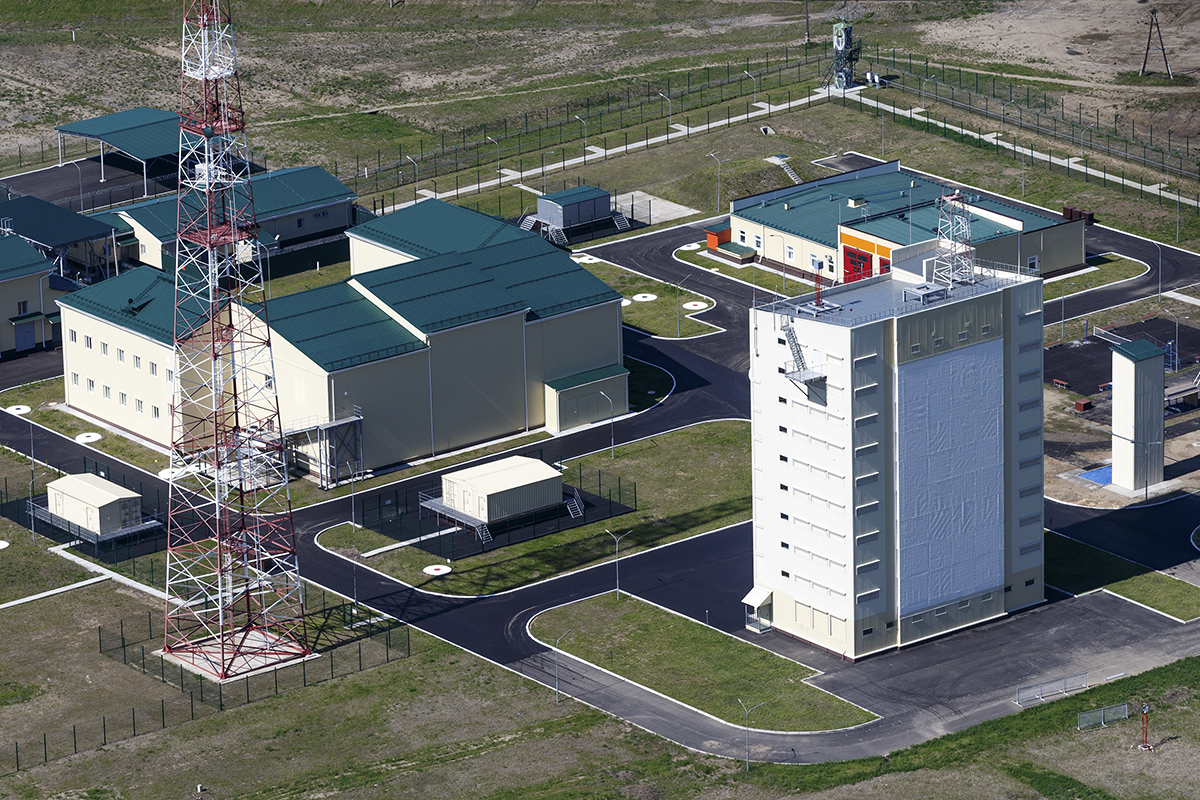
There are several varieties of these radars operating in the meter (Voronezh-M), decimeter (Voronezh-DM), or centimeter (Voronezh-SM) wavelength range, as well as a few others that combine several ranges. Which one India has chosen has not been reported yet. Either way, every single type is still an extremely expensive product and a strategic object.
Furthermore, the number of systems ordered may exceed one unit because India needs to place radar looking toward China in the east and Pakistan in the west, as both of these two countries have nuclear weapons, ballistic missiles to deliver the nuclear warheads, and are at odds with Delhi.
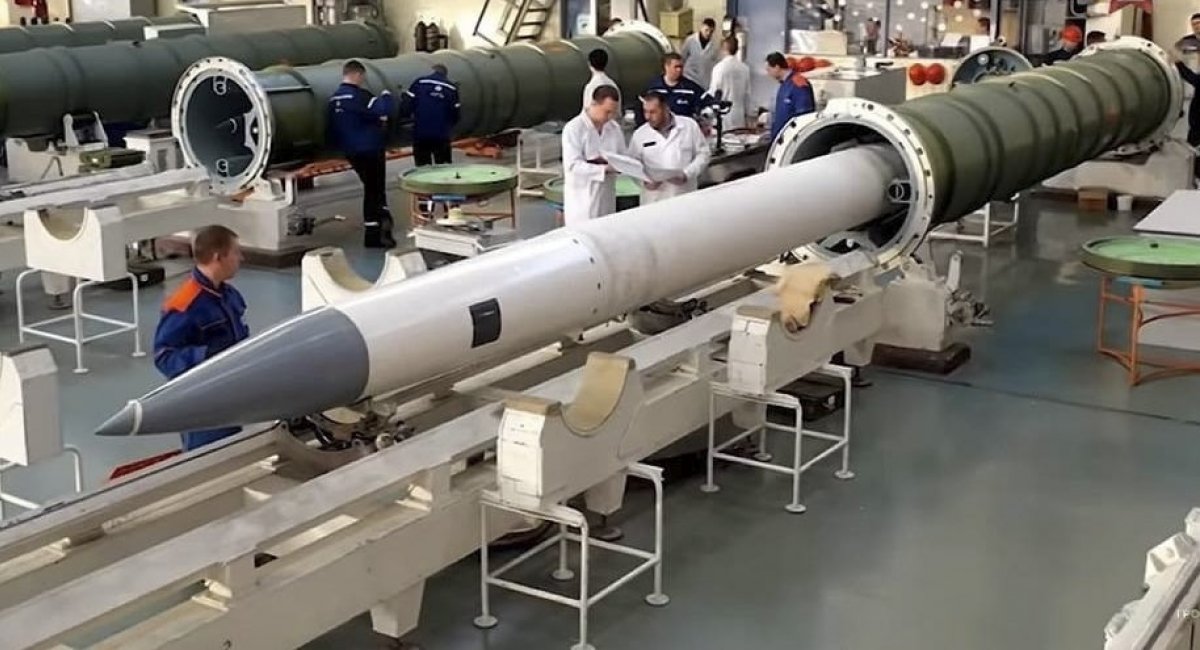
Once again, the fact that russia will receive billions of dollars in profits thanks to this contract is just a consequence of the United States ignoring these deals and refusing to enact the CAATSA law which is supposed to introduce sanctions for military cooperation with Moscow but was not applied against India.
For example, when India ordered and is still waiting for the russian S-400 air defense systems and frigates for $1.2 billion, or when procured the BrahMos anti-ship missiles produced jointly with russia for $2.5 billion.
All this is, of course, explained by Washington considering India as a deterrent against China. But in practice, such inconsistency on the part of the United States only encourages other countries to continue business with russian defense industry. As a stark illustration, the recently surfaced Saudi Arabia's purchase of Pantsir air defense systems from russia.
Read more: India Backstabs russia by Developing Own S-400: Project Estimated at $2.5 mln and Only 5 Years






